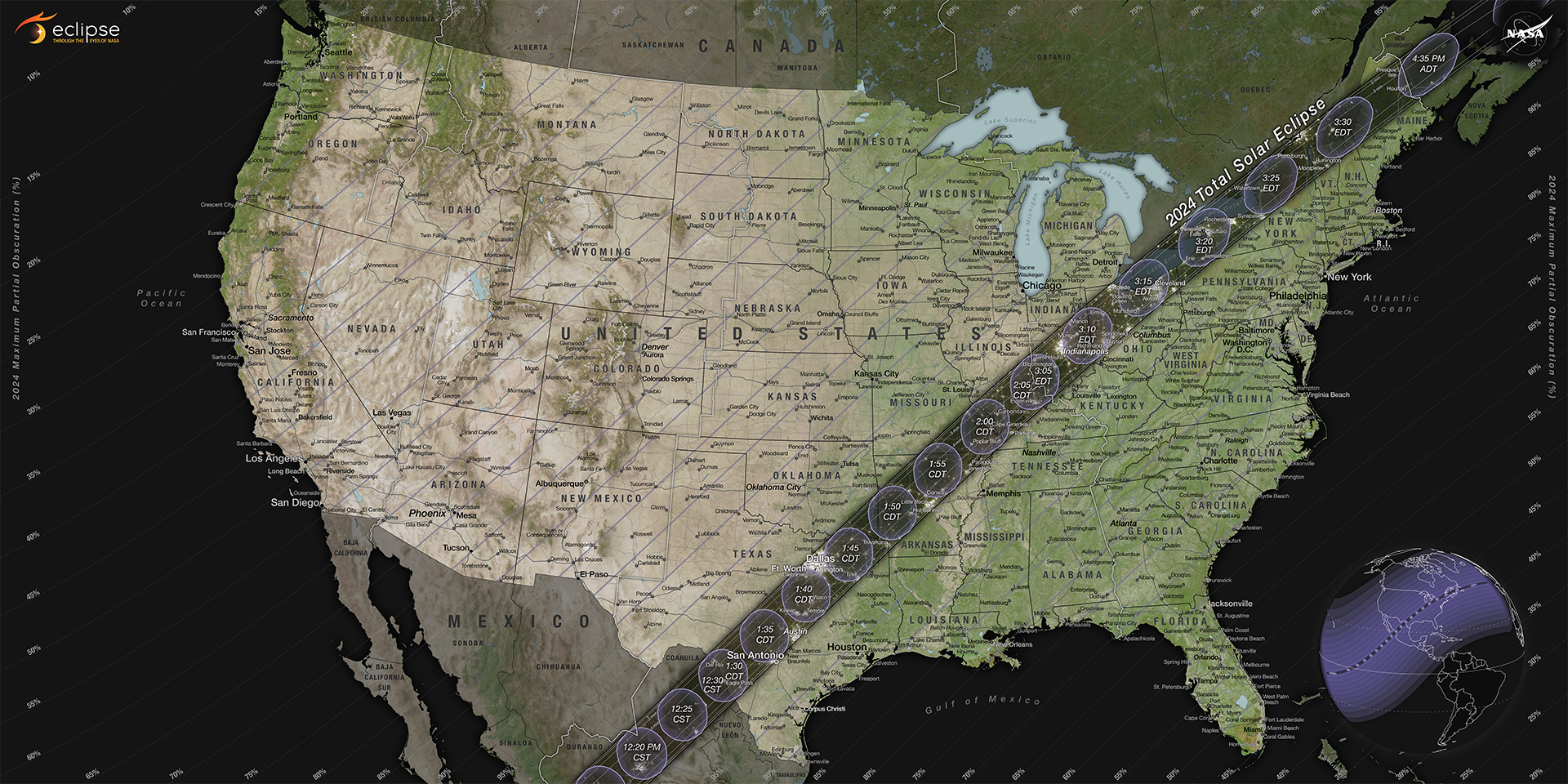What type of eclipse is happening in US this week?
What is a total solar eclispe and what should I be on the lookout for?
Your support helps us to tell the story
From reproductive rights to climate change to Big Tech, The Independent is on the ground when the story is developing. Whether it's investigating the financials of Elon Musk's pro-Trump PAC or producing our latest documentary, 'The A Word', which shines a light on the American women fighting for reproductive rights, we know how important it is to parse out the facts from the messaging.
At such a critical moment in US history, we need reporters on the ground. Your donation allows us to keep sending journalists to speak to both sides of the story.
The Independent is trusted by Americans across the entire political spectrum. And unlike many other quality news outlets, we choose not to lock Americans out of our reporting and analysis with paywalls. We believe quality journalism should be available to everyone, paid for by those who can afford it.
Your support makes all the difference.A solar eclipse will sweep across the United States on Monday (8 April), with millions of people inside of the path of totality who will experience the phenomenon—but what type of eclipse will it be?
Monday will see North America experience a total eclipse, passing over Mexico, the United States and Canada, according to Nasa.
A total solar eclipse occurs when the moon passes between the Earth and the sun, meaning the face of the sun is completely blocked out.
When the eclipse hits Earth, those people located in the centre of the moon’s shadow will experience the total eclipse.
Experts say that at first, the sky will darken as if it were dawn or dusk, and people in the eclipse’s path will be able to see the sun’s corona, which is its outer atmosphere.
The corona is usually obscured by the sun’s bright face, so if weather permits, people will be able to glance at this rare sight.
A total eclipse is the only type of eclipse in which people can momentarily remove their special eclipse glasses and observe the phenomenon with the naked eye.
Apart from this very brief time, people need to wear certified eclipse safety glasses.
The eclipse is expected to be much longer than the previous one – with the darkness lasting up to four minutes and 28 seconds, almost twice as long as the total eclipse seen in the US in 2017.
There are also a few different stages that observers can be on the lookout for while wearing their eclipse glasses, according to Nasa.

One phenomenon called shadow bands may be observed. These look like quick-moving, long dark bands separated by white spaces.
They are often spotted on the side of buildings or the ground just before and after totality, although they can be very faint and difficult to capture with a camera.
Shadow bands are caused by turbulent cells of air in the Earth’s upper atmosphere that distort the light. The same thing happens when starlight is distorted, causing them to twinkle.
Another stage is called Baily’s Beads, where several points of light shine around the Moon’s edges, although they are very short-lived and may not be noticed by every observer.
The eclipse also has a stage named Diamond Ring, where a single bright spot can be seen at the edge of the Moon’s shadow, making it look like a huge diamond ring floating in the sky.

When a solar eclipse reaches totality, it can sometimes cause quite a stir in wildlife that doesn’t know if it’s day or night.
Nocturnal wildlife sometimes wakes up, according to Nasa, thinking it’s night time and non-nocturnal animals may think it’s time to go to sleep.
Other types of eclipses that Earth experiences are called annular, partial and hybrid.
An annular solar eclipse happens when the moon is further away from Earth, making it appear smaller and does not cover the Sun completely.
A partial solar eclipse occurs when the Sun, Moon and Earth are not perfectly aligned, meaning only a part of the Sun appears to be covered.
Hybrid solar eclipses describe when an eclipse can shift between annular and total as the Moon’s shadow moves across the curvature of the Earth.
Subscribe to Independent Premium to bookmark this article
Want to bookmark your favourite articles and stories to read or reference later? Start your Independent Premium subscription today.

Join our commenting forum
Join thought-provoking conversations, follow other Independent readers and see their replies
Comments